Tag: All GI Exclusives
Joey Swoll Returns Full Interview | Painkiller Addiction, Recovery, & Judging The New Era Of Bodybuilders
[embedded content]
Joey Swoll returns for a new full and uncut GI Exclusive interview.
Over the past year, Joey Swoll made a public announcement online that shocked many of his fans. He had been quietly suffering from a pain killer addiction during the pandemic. Swoll made the post after he had put himself through recovery – but wanted his fans and followers to know the truth and hope to inspire those who are also suffering a way towards recovery.
That’s why we reconnected with Joey Swoll for a new video interview to discuss his addiction, recovery, and recap the latest topics in bodybuilding since our last conversation in 2019. It was a long and insightful interview breaking down the intricacies of addiction and how the struggles were enhanced due to the pandemic lockdowns. It’s also an interesting look at some of the latest developments in bodybuilding.
Over the past few months we’ve released multiple GI Exclusive segments from our interview with Joey Swoll. Now we’re releasing the full length interview including topics such as cryptocurrency, addiction, and how the new generation of bodybuilders stand up to the current top pros.
Listen To Our Joey Swoll Returns Interview On The Generation Iron Podcast
Our full length interviews are now also in podcast form! Subscribe to the Generation Iron Podcast for candid, full length interviews with the biggest names in bodybuilding, fitness, combat, and strength sports.
Listen to the full Joey Swoll interview here:
Joey Swoll Details His Rock Bottom Moment Of Pain Killer Addition
The GI Team is here to provide top news and original content for the new generation. The generation of bodybuilders who are pushing the sport to bigger and better places. Join The Movement. Become a part of Generation Iron!
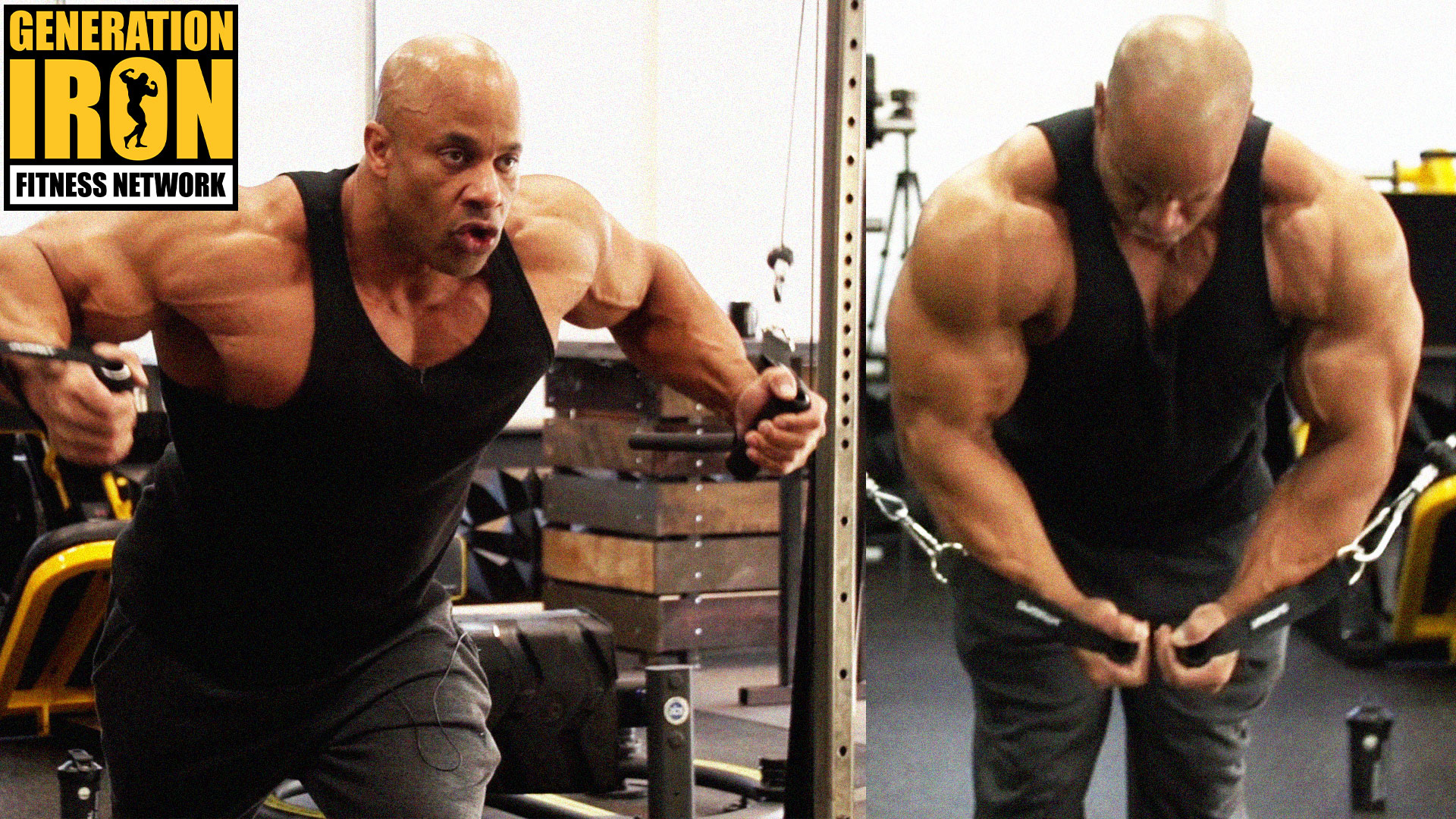
Victor Martinez’s Chest Workout | Training With Victor Martinez (Part 1)
[embedded content]
Victor Martinez’s in-depth chest day training guide.
Victor Martinez is an iconic pro bodybuilder and legend in the sport. He is considered by many to have one of the greatest physiques of the 2000s era of bodybuilders. In 2007, in a controversial decision, he nearly beat Jay Cutler for the Mr. Olympia title. That’s why we met up with Martinez at the Generation Iron Personal Training Gym for an epic workout. In this GI Exclusive, Victor Martinez breaks down in-depth tips to upgrade your chest day training session.
It’s easy enough to find a training routine online – but the real work comes in knowing the details. A list of exercises, sets, and reps is simply the most basic foundation for a successful workout. Knowing proper form, full movement, and specific tips can transform a workout from good to great. It’s what separates a “normal” in shape person from a shredded bodybuilder.
That’s why Victor Martinez met up with Vlad Yudin to go through the ultimate gauntlet of a workout. In part one of our training mini series with Martinez, he puts Vlad through the paces and shares important tips on how to optimize your routine. A workout sheet is one thing – but this video guide will give you play-by-play examples of how to actually perform like a pro bodybuilder.
Victor Martinez’s Chest Day Training Workout
To start, Victor Martinez stresses the important of warm up exercises. Many lifters might want to jump right into the heavy lifting – but warming up not only helps prevent injury, it can allow you to get the most out of your workout and push your muscles to exhaustion. Martinez suggests two warm up exercises with light weight that match the muscle group you’re about to train.
With the warmups out of the way, Victor Martinez decided to focus on three core exercises and break down how to best perform them. Below is the full breakdown of exercises, sets, and reps.
Exercises
Sets
Reps
Chest Press
4
15
Decline Dumbbell Press
4
15
Standing Cable Crossover Flyes
4
15
When it comes to weight, that’s impossible to recommend broadly. Each individual has different limits on how much weight to push. Ultimately, you want to lift enough weight to complete all three sets for each exercise. By the end of the final set for each – you should barely be able to finish. It may take trial and error to begin with – but you’ll ultimately find a sweet spot this will be more than enough to exhaust your muscles completely.
Chest Press (Machine)
For this exercise, Victor Martinez is using an old school chest press machine. He explains how the machine was inspired by football and emulates the kind of moves a linebacker would typically perform on the field. That’s why Martinez suggests sliding down on the seat to give your movements more of an upward momentum. You want to have explosive momentum pushing up, squeeze, and then slowly bring the weight back down in a controlled manner. Avoid locking out your elbows.
Decline Dumbbell Press
For the next exercise, Victor Martinez goes to the classic decline dumbbell press. He suggests that decline presses be done the older you get – as this muscle area tends to lose its fullness as you age. The decline press is also important to provide your chest a full and complete look. Martinez also suggests wide grip dips if you don’t have time to fully commit to a decline press. This also hits the wide areas of the chest.
Standing Cable Crossover Flyes
The final exercise in our Part 1 Victor Martinez workout is the Standing Cable Crossover Flyes. This exercise is a great finisher as it provides focused isolation on the chest. Martinez typically suggests splitting the reps of upper and then lower flyes to best hit the chest from all angles. He also warns of pulling to far back. While many believe this gives a fuller range of motion and a good stretch on the muscle, it can lead to injuring the rotator cuff.
Wrap Up
That about wraps up Part 1 of Victor Martinez’s upper body training routine. Next week, we’ll return to hit up the back in a new selection of exercises. Make sure to watch the GI Exclusive training video above to get complete play-by-play tips on each exercise. Soon you’ll transform your workout into a pro level routine.
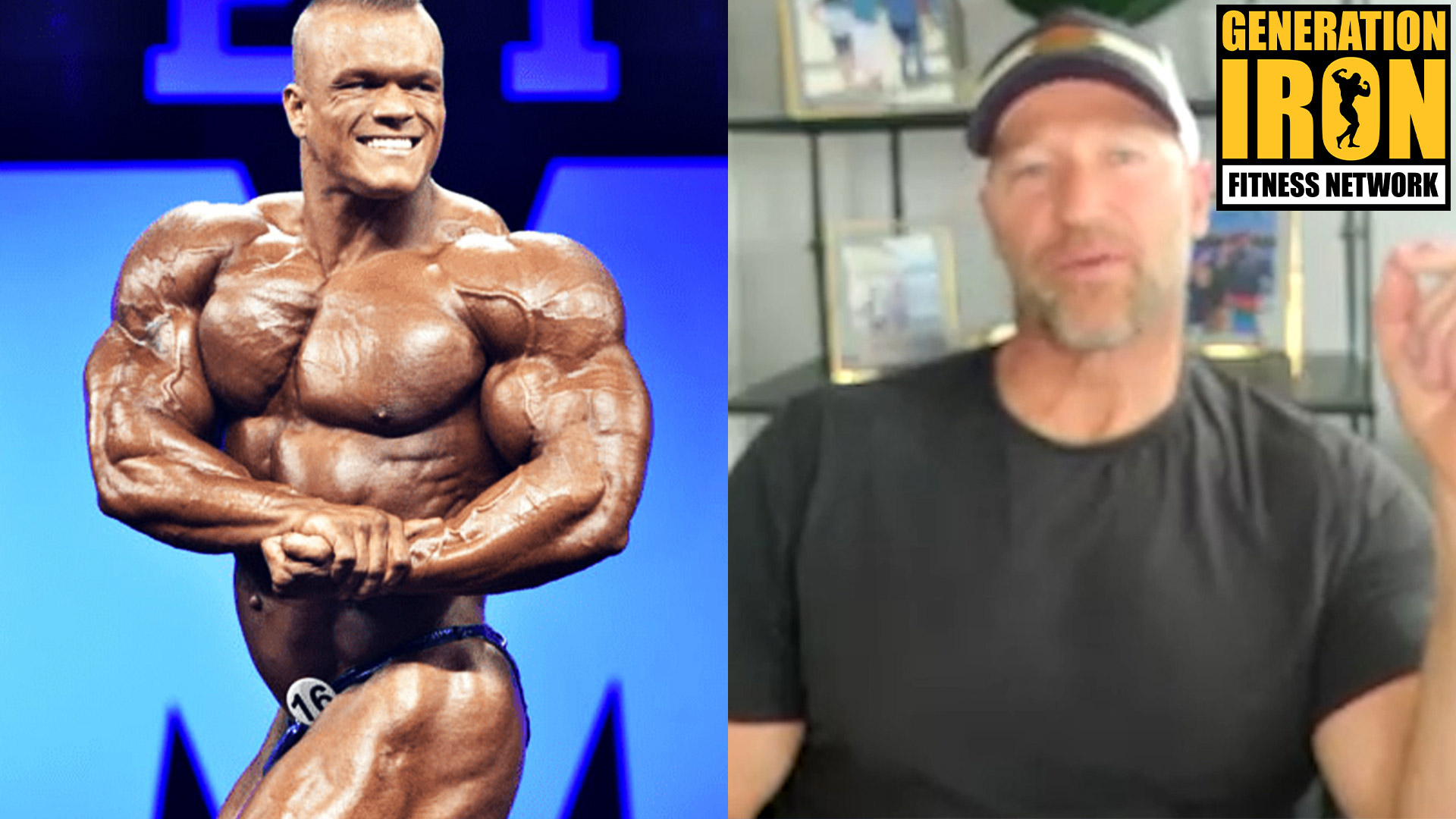
Gunter Schlierkamp: It’s Dangerous For Young Bodybuilders To Get Too Big, Too Fast
[embedded content]
Gunter Schlierkamp reflects on the passing of Dallas McCarver and the growing trend of bigger size in bodybuilding.
Last week, Gunter Schlierkamp discussed how bodybuilders need to match their muscle size to their genetic frame. Now in our latest segment, Schlierkamp continues sharing his thoughts on the growing trend of pushing the limits of mass monster size in bodybuilding. Is it getting too dangerous? For Schlierkamp, it depend son how you do it. His biggest concern is how fast bodybuilders, especially young athletes, are putting on size. In our latest GI Exclusive interview, Gunter Schlierkamp explains how some young bodybuilders are putting on too much size at too fast a rate.
When Shawn Rhoden won the Mr. Olympia in 2018, it seemed as if there might be a shift in physique aesthetic moving forward. Would a more classic look start to be preferable instead of mass monster size? Ultimately, this was a passing thought – as two years later Big Ramy won the Mr. Olympia and brought back mammoth size to the title. It seems with a few exceptions, hulking mass monster physiques are here to stay.
We asked Gunter Schlierkamp about his thoughts on Big Ramy’s win and if it will push forward the trend of increasing the average size of pro bodybuilders. Gunter is unsure at the moment whether or not Big Ramy will reign as Mr. Olympia long-term. But he is a bit worried about the growing trend he’s seeing in modern bodybuilding. Less so about mass monster physiques in general and more about how it’s influencing younger athletes.
Gunter Schlierkamp understands that pushing the limits of size is part of bodybuilding – but he thinks that younger athletes are now rushing too fast to get there. Reaching a weight of near 300 pounds should be a slow process over many years. It shouldn’t be achieved short term. It seems, at least to Schlierkamp, that in today’s society of instant gratification – some young athletes want to reach the pinnacle faster than ever before.
Schlierkamp fears that this will lead to serious health issues. Again, he understands that mass monster physiques are a part of bodybuilding in the big picture. He knows all athletes take some risk to achieve it. But he’s convinced that rushing too fast at too young of an age almost guarantees serious health issues that could be avoided.
Gunter Schlierkamp reflects on Dallas McCarver, who passed away too soon at the age of 26. While it’s impossible to directly connect his cause of death to his mass monster size – Schlierkamp worries that this was the underlying cause.
He recounts a moment just before McCarver died – where he was asked on his opinion of the athlete. He admitted that his physique and size was astounding and impressive. But he also worried that he achieved it at such a young age that something bad would happen. Shortly afterwards, he heard the news of Dallas McCarver’s death. He was deeply saddened by not only the untimely death but the timing of his statement. Was he right? He worries so – and hopes that incoming bodybuilders take their time to build mass monster muscle rather than rush it.
You can watch Gunter Schlierkamp’s full comments on Big Ramy and young mass monsters in our latest GI Exclusive interview segment above!
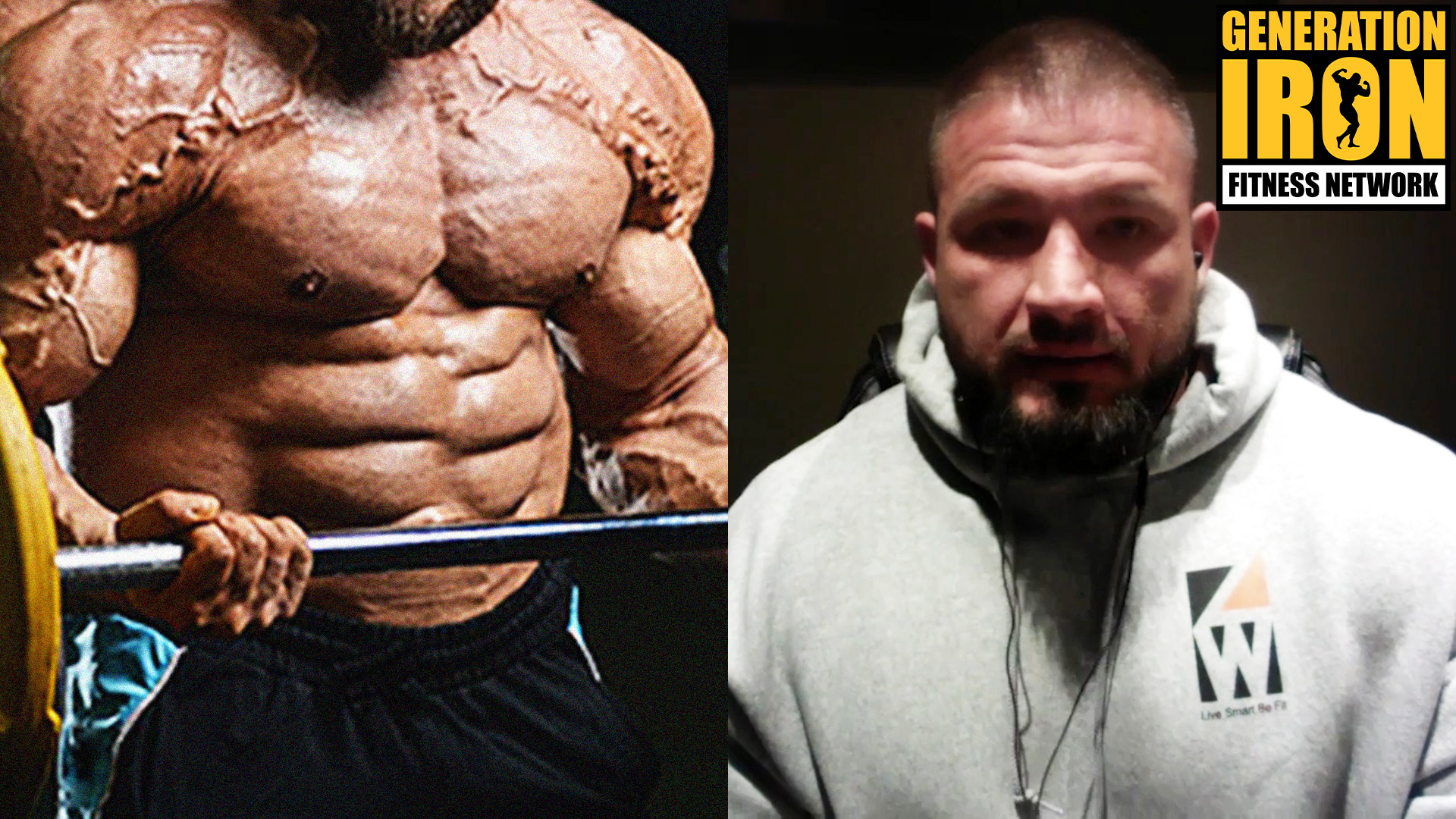
Zane Watson: How To Properly Train To Failure In Bodybuilding
[embedded content]
Zane Watson answers: Is training to failure necessary for bodybuilding success?
In bodybuilding, training to failure is a tactic that requires a lifter to lift reps until they can no longer put up weight. Rather than hit a specific number of reps, the reps continue until the body part can’t physically perform no matter how hard you try. But how necessary is this tactic to succeed as a pro bodybuilder? In our latest GI Exclusive, Zane Watson discusses the misconceptions about training to failure and how to perform the tactic properly.
When discussing bodybuilding tips and workout guides, aspiring bodybuilders always want to know the trick to optimize training. How many sets? How many reps per set? Should you do high weight and low volume or lower weight with higher volume. There are arguments on all sides of these different questions. Ultimately, this is all window dressing. What is most important is that you exhaust your muscle and hit all the right areas of the muscle for full growth.
This is easier said than done and the reason so many different strategies exist. They are an effort to get the lifter to full exhaust their muscles, hit all the right spots, and commit to full range of motion. For Zane Watson, his training tactics were inspired by Dorian Yates and then later by Ben Pakulski. This made him favor training until failure during his training sessions.
But is training to failure necessary? In Zane Watson’s humble opinion, he believes it is a key part towards bodybuilding success. There are arguments that feeling sore after a workout isn’t required for building muscle. Watson respectfully disagrees. He thinks that for full growth in a way that bodybuilders are seeking – feeling sore is key to knowing you push your muscles deep.
Training to failure guarantees a workout that will make you feel sore afterwards. It’s a tactic he favors. Of course, there is a difference between physically training to failure and mentally training to failure. Some bodybuilders, especially those new to training, mentally block themselves of how far they actually push while their muscles are under pressure. This is the same reason why blindly following a certain set/rep structure can fail.
Part of the skill behind being a successful bodybuilder is knowing your body’s true limits. Knowing when you are truly exhausting your muscle vs just mentally unable to handle the stress and pain of moving past that wall. For Zane Watson, training to true failure rather than focusing on reps is a helpful way to push to the next level. It’s his biggest tip for bodybuilders to push past plateaus.
You can watch Zane Watson talk in more detail about training to failure, his bodybuilding inspirations, more in our latest GI Exclusive interview above!
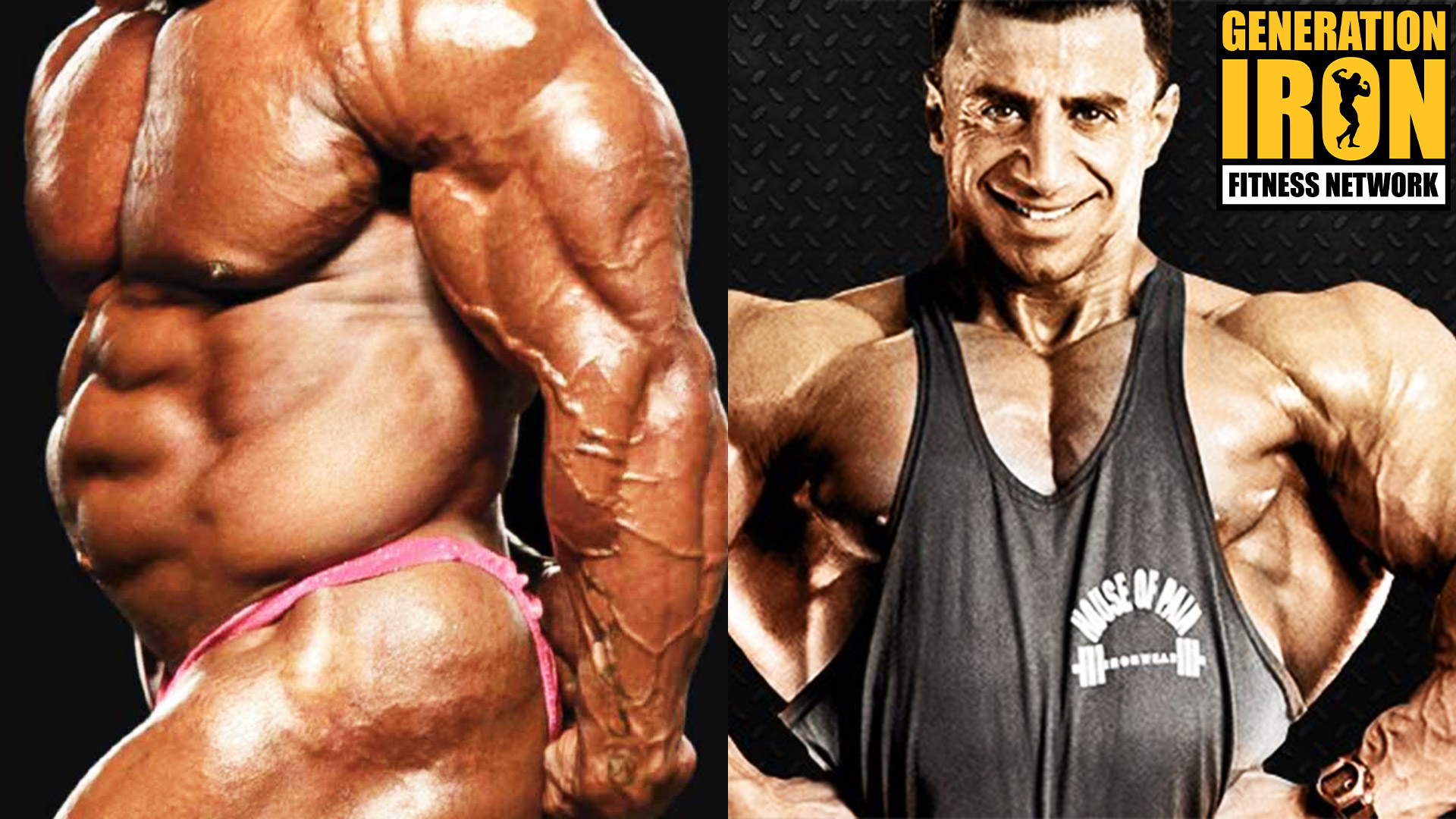
George Farah: The Biggest Mistake Bodybuilders Make When Cutting Weight
[embedded content]
George Farah explains the true key to cutting weight without diminishing muscle.
George Farah is one of the most legendary bodybuilding coaches in the history of the sport. So when he can share some vital advice to the masses on bodybuilding nutrition and dieting – it’s important to pay attention. In an era where being a mass monster is becoming increasingly more about heavier weight, it’s important to know how to get shredded properly. It’s a struggle, for example, that Big Ramy had for many years before finally earning his Mr. Olympia victory. In our latest GI Exclusive, George Farah details the biggest mistake to avoid when cutting weight in bodybuilding.
The notion of spot reducing fat has been debunked many times by many people. So the unfortunately truth is, if you have impressive muscle but flabby weak areas – there’s no way to spot check the fat without sacrificing the muscle. So how do bodybuilders cut down weight after a bulking cycle without diminishing their hard earned muscle?
We turned to legendary bodybuilding coach George Farah for his advice on this specific topic. His answer is direct, insightful, and something that all bodybuilders should heed when looking long term into their training and dieting plans. There is no trick to only burning fat without burning muscle. Instead, it’s important to prepare for the inevitability that you’ll need to cut down some weight and size overall.
George Farah claims that the biggest mistake bodybuilders make is not staying in shape during the off season. While bulking and cutting is a typical cycle for competitive bodybuilders – the bulking phase should not get too out of control. Farah holds nothing back when explaining this during our interview:
“Whatever you’re doing, you’re still going to lose muscle when you diet down. Especially if you gain a lot of fat. That’s why I tell people, listen, don’t call yourself a bodybuilder if you don’t have your abs in the off season.”
George Farah goes on to say how he “never understands” how bodybuilders are so shocked when they start cutting and end up losing much more weight than expected. This is because they put on more fat than they think – and unfortunately – muscle is always lost as well during this process.
That’s why a dirty bulk is often frowned upon by serious competitive bodybuilders. Dirty bulk is when you eat any kind of unhealthy food simply to build weight while you are pumping up muscle in the gym. A clean bulk relies on healthier foods so that you have less fat during the bulking phase.
Still, even with a clean bulk, how do you prevent losing too much muscle and underperforming on size and shape before a competition? George Farah says that the cutting phase needs to be longer than most bodybuilders think. Cutting should start off earlier and a bodybuilder should ease into it.
Cutting needs to start slow and progressively become more focused as you get closer to the show. This way you can see how your body reacts, and focus on training certain muscle areas that might start burning away. Adding more time and building your weight loss diet up slowly allows for more time to adjust, more time to fix weak areas of muscle, and more time overall to be prepared on the weekend of a competition.
So for your next cycle of building up muscle, ask yourself, “Do I still have abs during the offseason?” If the answer is no, you should reconsider how you are bulking. You are likely looking at problems down the road when it comes time to burning off weight and prepping your shred.
You can watch George Farah’s full comments on how to lose fat without losing muscle in our latest GI Exclusive interview segment above!
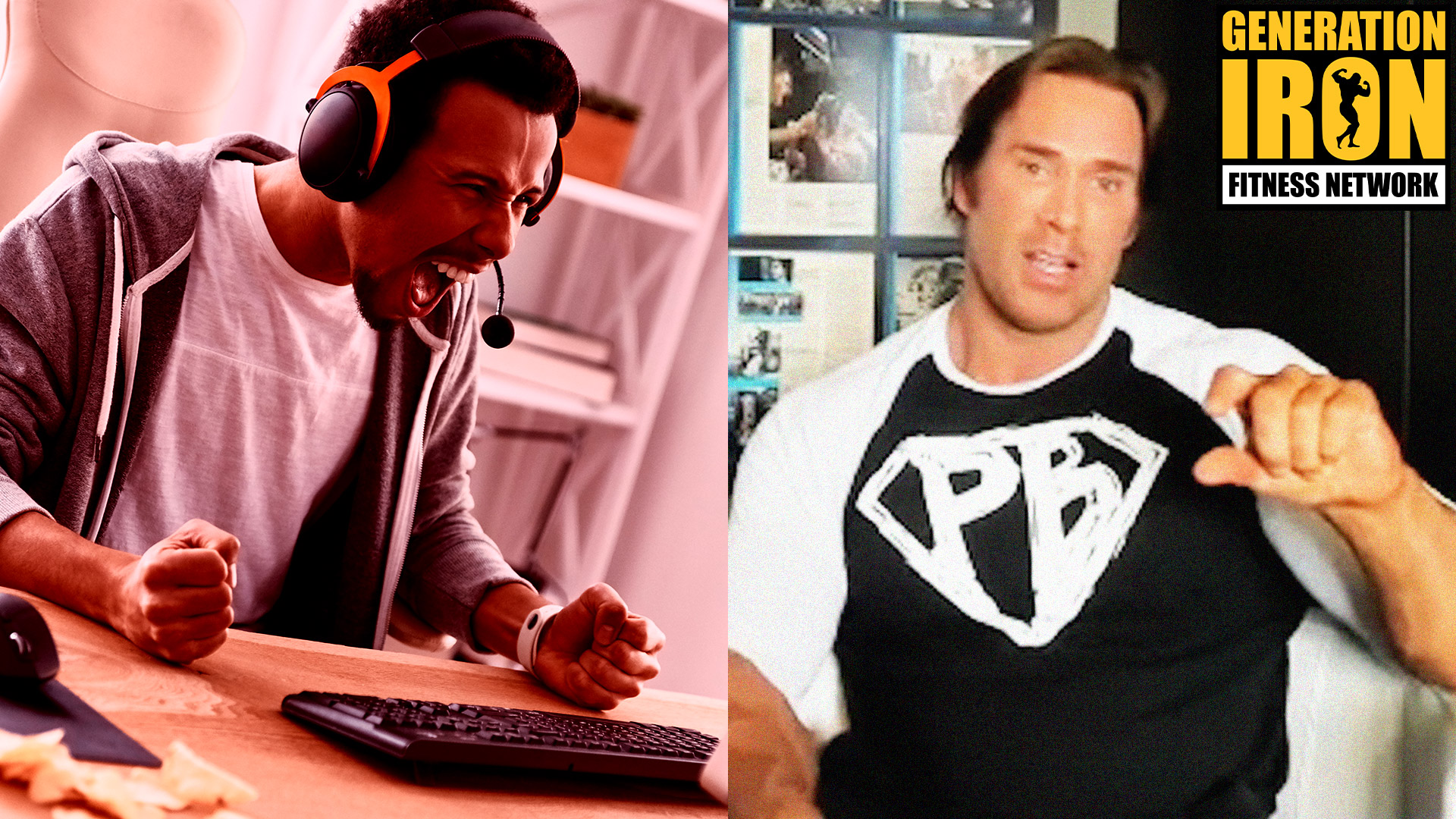
Mike O’Hearn: The Foolproof Way To Stop Haters Online
[embedded content]
Mike O’Hearn details his tactics for not only avoiding hate online but also preventing it from affecting his mental state.
Bullying has always existed in the world. And it’s been a serious problem that can lead to painful mental health problems for victims. This has been exacerbated with the boom of online and social media. Instead of someone in your local community bullying you – it can be anyone from around the world. Not only that, it can be an army of voices. This can have serious consequences on your mental health. Public figures, such as celebrity bodybuilders, are beacons for attention. This also means being a beacon for bullying, hate, and vile comments. In our latest GI Exclusive, Mike O’Hearn shares his fool proof tips for stopping hate and how he avoids letting them get under his skin.
Mike O’Hearn is no stranger to hate online. Between the constant claims that he is lying about being natural and your general run of the mill online trolls – O’Hearn has had his fair share of hurtful comments lobbed at him. But you wouldn’t know that by speaking with him. Much like O’Hearn’s superhuman commitment to his training schedule for over 30 years, he rarely twitches when it comes to hate directed at him. What’s his secret?
During our recent conversation with Mike O’Hearn, we asked him his tactics with dealing with haters online. The information he shared is advice on two fronts – mental tactics for your own health and actionable tactics to prevent more hate in the future.
On the mental front, Mike O’Hearn urges anyone who faces online hate to realize that the people commenting are “below you.” What he means by that is – a bully is someone who feels the need to make petty comments at you. They are not someone you know. They are likely not someone you would respect. The mere fact that you, most likely, would not make such hateful comments online shows that you are in a better place than the hater. O’Hearn stresses that this must be remembered. People who are more powerful than you rarely would take the time to attack you in such a way.
That’s easier said than done of course. A barrage of hateful comments online can pierce even the strongest of minds. So it’s also important to not allow the hateful comments through. It’s sometimes frowned upon for public figures to police their comment sections. Blocking can be seen as a disingenuous gesture to hide the “truth” of their fanbase. Mike O’Hearn couldn’t disagree more.
O’Hearn opens up about how liberally he blocks people on his comment pages. Even for one slight offense – he and his team will block the user permanently. Why? Because it’s not the truth of his fanbase. Odds are they aren’t a fan at all. And why would he subject himself to reading such awful statements day in and day out? Mike O’Hearn believes that all people with any online presence should do the same. The cleaner you can keep your online pages – the happier you will be when interacting with your fans online.
At the end of the day, Mike O’Hearn makes it clear with a direct statement, “Trolls are complete losers.” That might not mean it’s easy to prevent them from getting under your skin. That’s why if you follow O’Hearn’s two tactics, you might create a new mindset in your relationship with not only your fans but yourself. Out of sight, out of mind.
You can watch Mike O’Hearn go into full detail about how he deals with hate and bullying online in our latest GI Exclusive interview segment above!
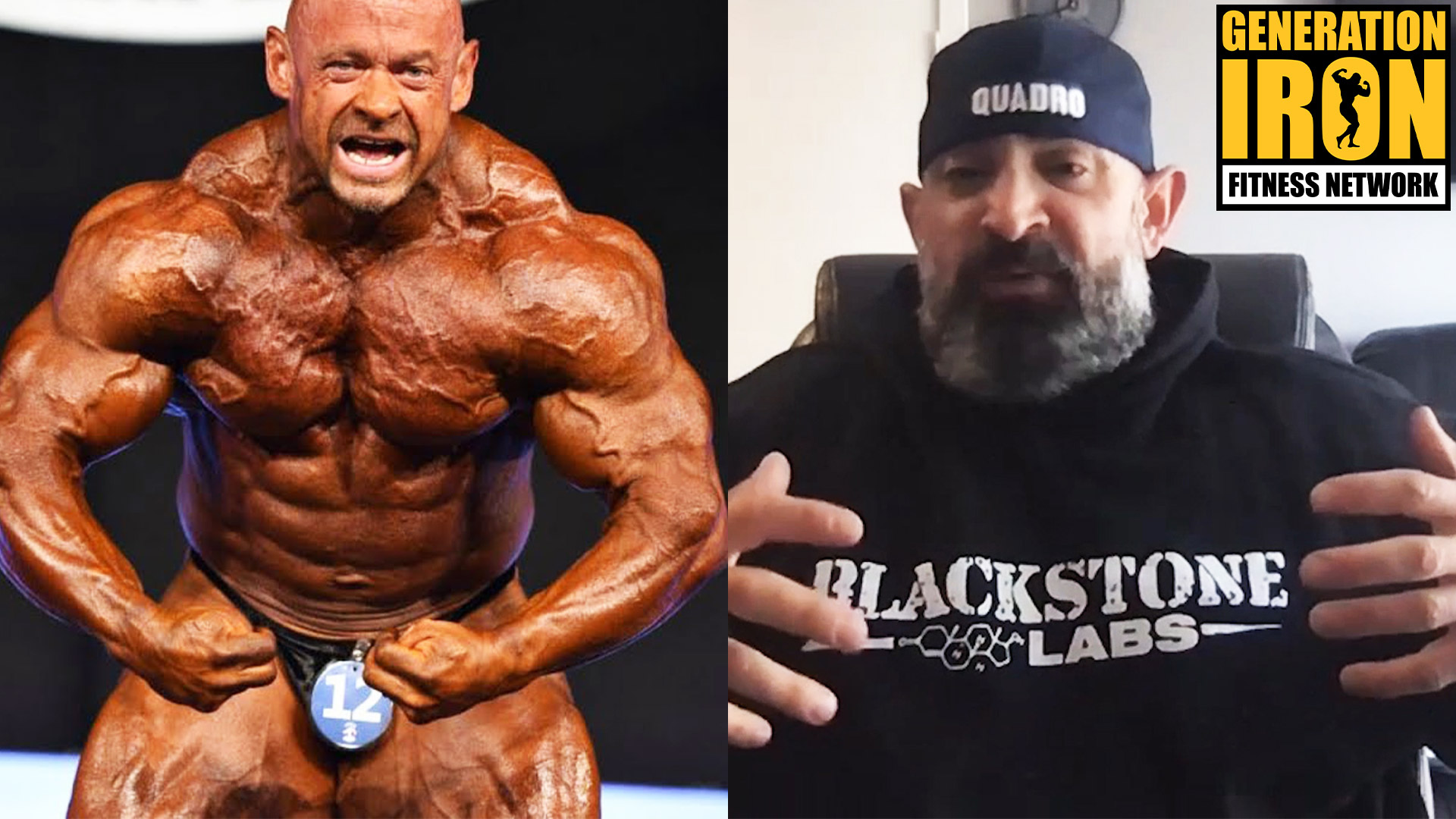
Guy Cisternino: Branch Warren Still Trains Today Harder Than 90% Of Pro Bodybuilders
[embedded content]
Guy Cisternino talks on how Branch Warren inspires him, the power of rivalries, and the new school bodybuilders rising in the ranks.
Guy Cisternino is a bodybuilder who believes in hardcore training. So it may come as no surprise that one of his biggest inspirational bodybuilders is Branch Warren. Branch is known for his insanely hardcore training – which you can witness in depth in the original Generation Iron film. In our latest GI Exclusive interview, Guy Cisternino talks about training with Branch Warren today and how he still pushes harder than most active pro bodybuilders.
Guy Cisternino is a unique brand of pro bodybuilder. He likes to focus on the intensity of the sport – which is probably why he got into some social media hot water after a recent video went viral. That’s why we wanted to know who his biggest inspirations are that got him into bodybuilding. Cisternino named a few legendary athletes such as Kevin Levrone. But at the end of the day, the bodybuilder who still inspires him most to this day is Branch Warren.
Branch Warren no longer competes and has been retired for quite some time. That being said, he still maintains his massive physique and enjoys training in the gym. Not only that, but Branch still goes full hardcore on his sets even in retirement.
Guy Cisternino recounts how he just met up with Branch Warren recently for a training session. What was most refreshing to Cisternino is that Branch still trained like a beast. He has no reason to anymore other than personal enjoyment of the intensity of lifting. It’s a feeling that Cisternino can relate to.
Not only that, but he believes that Branch Warren trains harder than most pros today:
“As far as training and who still inspires me today, believe it or not, is Branch man. Because Branch is retired and he’s like – I was with Branch last week in Dallas and he just – he still trains like a fucking animal. Like I love it. He still trains retired harder than 90 percent of the pros.”
It’s a bold claim – but one that we wouldn’t doubt. Branch Warren often received criticism for training too hardcore. That he would bring himself too big a risk of injury and ruin his career. Perhaps it’s that kind of risk taking that Guy Cisternino misses in the modern crop of bodybuilders.
Speaking of modern bodybuilders, Guy Cisternino also touches on the recent rivalries cropping up in pro bodybuilding. He touches upon Blessing Awodibu and Nick Walker’s pre New York Pro beef. Cisternino also shares his thoughts on the overall new crop of bodybuilders and which ones are showing promise to become champions down the road.
You can watch his full comments on Branch Warren, rivalries, and new school bodybuilders in our latest GI Exclusive interview segment above.
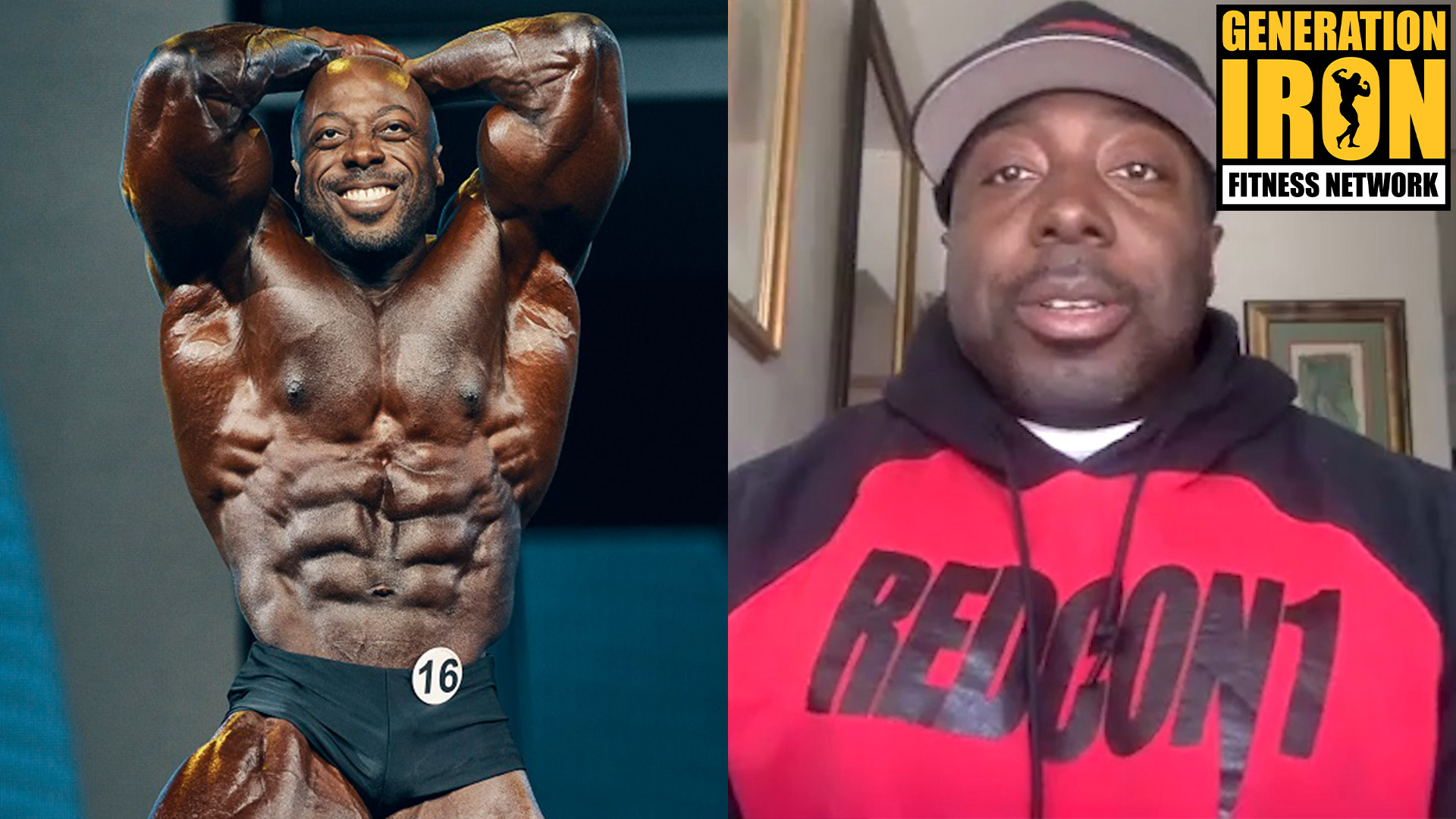
George Peterson Full Interview | Changing Divisions, Building A Wide Back, & More!
George Peterson is a bodybuilder with an incredible physique and an equally incredible journey throughout his bodybuilding career. Peterson started bodybuilding over 10 years ago, took a 5 year break, and then returned in the newly made Classic Physique division. Ultimately, he changed things up yet again and bumped up to the Men’s 212 division. His debut was in 2020.
That’s why we connected with George Peterson for a video interview to discuss his big switch in divisions and also go in-depth about his training, nutrition, and thoughts on trending topics in the sport. It was a long and insightful interview breaking down the intricacies of modern bodybuilding.
Over the past few months we’ve released multiple GI Exclusive segments from our interview with George Peterson. Now we’re releasing the full length interview including topics such as his switch from Classic Physique to Men’s 212, the secret to his wide back, how to build trust with a coach, and more.
Listen To Our George Peterson Interview On The Generation Iron Podcast
Our full length interviews are now also in podcast form! Subscribe to the Generation Iron Podcast for candid, full length interviews with the biggest names in bodybuilding, fitness, combat, and strength sports.
Listen to the full George Peterson interview here:
The Real Reason He Moved Up To Men’s 212 Bodybuilding
Not many bodybuilding fans may know this, but George Peterson did not start out as a Classic Physique bodybuilder. He started as a Men’s Open bodybuilder in 2008. He rose up through the amateur ranks and eventually started landing in the heavyweight class.
George Peterson wasn’t liking the way the massive amount of weight was affecting his aesthetic. He wasn’t happy with what he would have to do to continue succeeding in Open bodybuilding. So he quit. At the time both for himself and fans it seemed that this was a permanent stepping down from the sport.
It wasn’t until 2016 when the Classic Physique division was introduced that everything changed. He returned to the sport, won the 2016 Nationals overall, and then landed some spectacular placings as a Pro Classic Physique bodybuilder at the Arnold Classic and Olympia.
Then in a shocking move, he changed divisions again. This time to Men’s 212. We asked George Peterson why he decided to make that move considering he showed so much promise in Classic Physique. He admits that it was an extremely hard decision. Peterson is extremely passionate about Classic Physique. He likes that it allows for a wide variety of aesthetic types. He convinced himself that even though he carries more muscle than a lot of typical Classic Physique athletes, he still had the waist to showcase something special in the division.
But it seemed ultimately this just wasn’t true. His size kept getting in the way of being able to truly fit in with Classic Physique. Though he placed well, George Peterson describes having to cut 10 pounds during the final weeks of contest prep just to make weight. His body was growing and reacting in such a way – that he was constantly fighting against his size – not working with it.
On top of this, George Peterson believes his 3rd place Olympia finish was truly the best version of his physique under that weight limit. He couldn’t see a future where he improved anything further at that weight. Ultimately, he understood that he had to step up to a slightly higher limit under the Men’s 212.
It wasn’t an easy decision. He truly put his heart into Classic Physique. He still has a passionate place for it to this day. But he also understands the reality of his genetics and how his body works. His passion for weightlifting as a whole drives him to succeed in bodybuilding. He hopes that Men’s 212 will give him the opportunity to become a champion on his own terms.
George Peterson Shares His Secrets For A Wide Back
We asked George Peterson to share his tips for how to take your back to the next level. Peterson is well known for having one of the most impressive backs in the sport. So what kind of unique insights can he provide to help others chase the glory he’s obtained?
George Peterson was more than happy to share his tactic. He, in fact, shared it with a grin. He explains the key tactics that he has always done whenever working out on back day. It sounds simple – but it’s a focus on muscle movement and mind-muscle connection. It’s that special extra awareness with every rep that can make or break your progress from good back to supreme back.
George Peterson explains that with every single rep of every single back workout you perform. It’s important to stretch wide your chest as full as possible. That’s what George Peterson does. He makes sure that he widens his chest at the peak of each exercises movement. He wants to feel every single back muscle working to achieve each rep.
It doesn’t sound like much – but what is important is to be vigilant throughout the entire workout. It’s easy to go into auto pilot after months of training. Or perhaps, towards the end of your workout you are so exhausted that your mind wanders. George Peterson ensures that he takes his time to stretch full with every rep. It can’t be ignored. It has to be included through to the very end for every workout. Period.
Wrap Up
George Peterson is a powerhouse bodybuilder who is also open to going in-depth on some of the most vital topics in bodybuilding. That’s why you should check out the full GI Exclusive interview above! He shares his personal experience and tips for training, nutrition, and more.
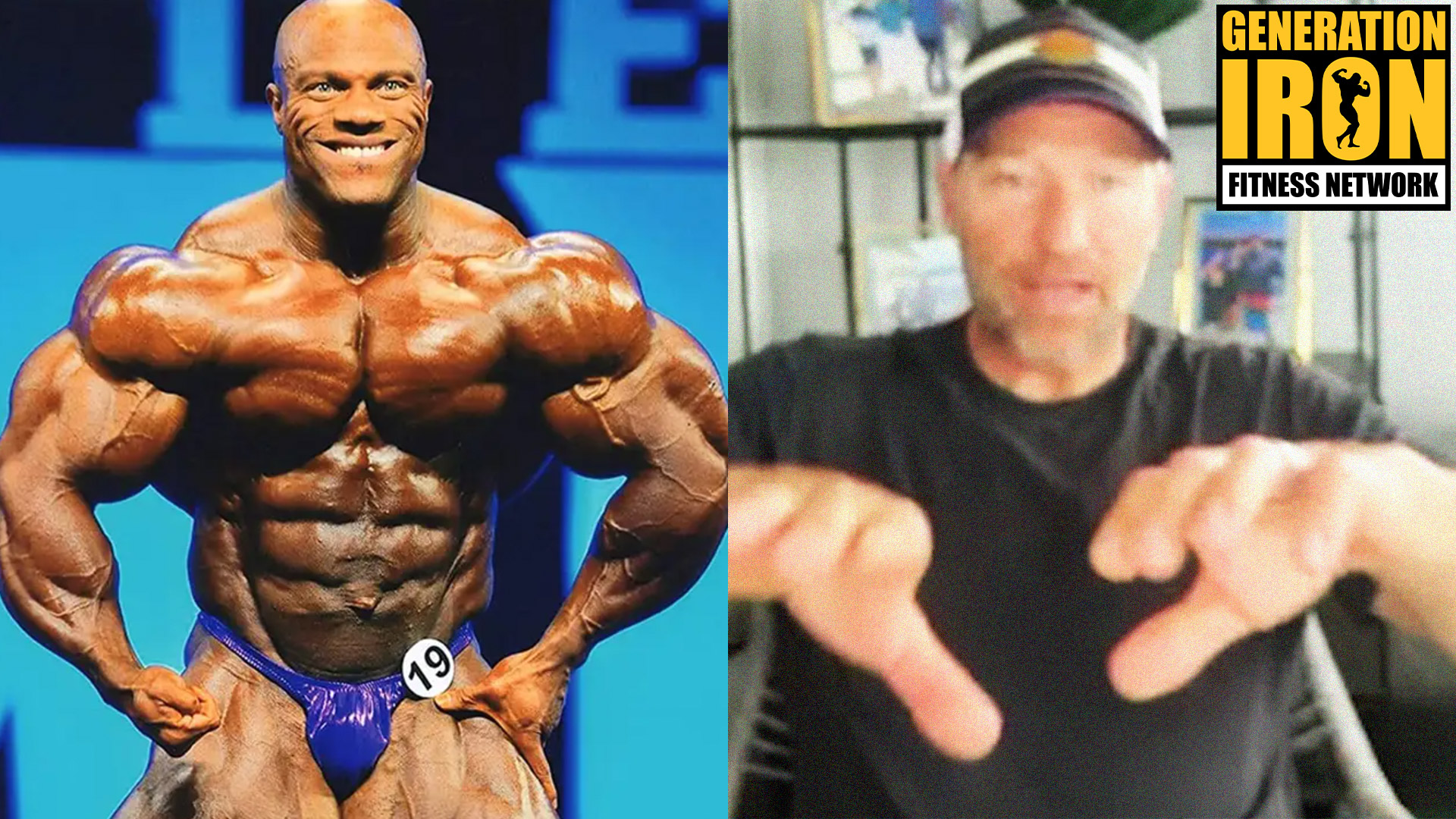
Gunter Schlierkamp: Phil Heath’s Biggest Mistake That Ended His Olympia Reign
[embedded content]
Gunter Schlierkamp recounts the key advice he gave a young Phil Heath and how not following it led to his late stage downfall.
Genetically, some bodybuilders have bigger frames and some have smaller frames. Gunter Schlierkamp was a tall and wide-framed bodybuilder. It’s what allowed him to successfully carry such intense mass monster size. Phil Heath, on the other hand, is a small-framed bodybuilder. He’s shorter and simply doesn’t have the build to put on Ronnie Coleman kind of weight. In our latest GI Exclusive interview, Gunter Schlierkamp reflects on advice he once gave Phil Heath about building muscle to fit your frame.
While discussing his picks for the best bodybuilders of all time, Gunter Schlierkamp mentions Phil Heath. He put’s him firmly at number six on his list behind the likes of Ronnie Coleman, Lee Haney, and Jay Cutler. But as Schlierkamp reflects on Phil Heath, he becomes excited and frustrated at the same time.
Gunter Schlierkamp recounts the very first time he ever saw Phil Heath. It was before he went pro and was training to compete and earn his pro card. Schlierkamp saw Heath from afar and was astounded. His jaw dropped. He was looking at a bodybuilder with one of the most impressive physiques he had ever seen. Schlierkamp made a point to meet Phil Heath and see him up close.
Gunter Schlierkamp urged Phil Heath to compete right away. He could win instantly and become a pro bodybuilder. Heath was playing the long game. He wanted to wait another year to really perfect his physique. Ultimately, Phil Heath did earn his pro card and the rest his history.
But Gunter Schlierkamp also remembers a piece of advice he gave Phil Heath during those early years. He told him to always remember to not “overload his frame.” By that, Schlierkamp was talking about how much muscle mass to put on to fit your genetic size. Schlierkamp believes it is all too common in the modern era of bodybuilding for athletes to chase size beyond their frame. At the end of the day, your genetic frame cannot change. It’s no use fighting against it. If you “overload” the frame, you’ll look blocky and less pleasing.
This is the exact mistake that Gunter Schlierkamp saw Phil Heath make later in his career. There’s no denying that Heath had a fantastic run and deserved all seven of his Mr. Olympia titles. That’s no easy feat. He’ll go down in history for that. But Schlierkamp believes there could have been more victories in his future.
Unfortunately, Phil Heath started adding on more size and “overloaded” his frame. He believes that is in part what caused the distended stomach issues in his later career. Schlierkamp can’t help but understand why Phil Heath eventually fell into this trap. Kai Greene rose up in the ranks with a bigger frame and much more muscle mass. He was the direct threat and rival to Heath. This kind of pressure most likely caused Heath to try and up his game and increase size.
Phil Heath is a bodybuilder who had a fantastic run and will certainly be considered a legend etched forever in bodybuilding history. But other bodybuilders who overload their frame might not have that kind of success. That’s why Gunter Schlierkamp wants to share his advice with everyone watching – consider your frame when building muscle mass. Don’t fall into the trap of mass monster obsession.
You can watch Gunter Schlierkamp’s full comments in our latest GI Exclusive interview segment above!
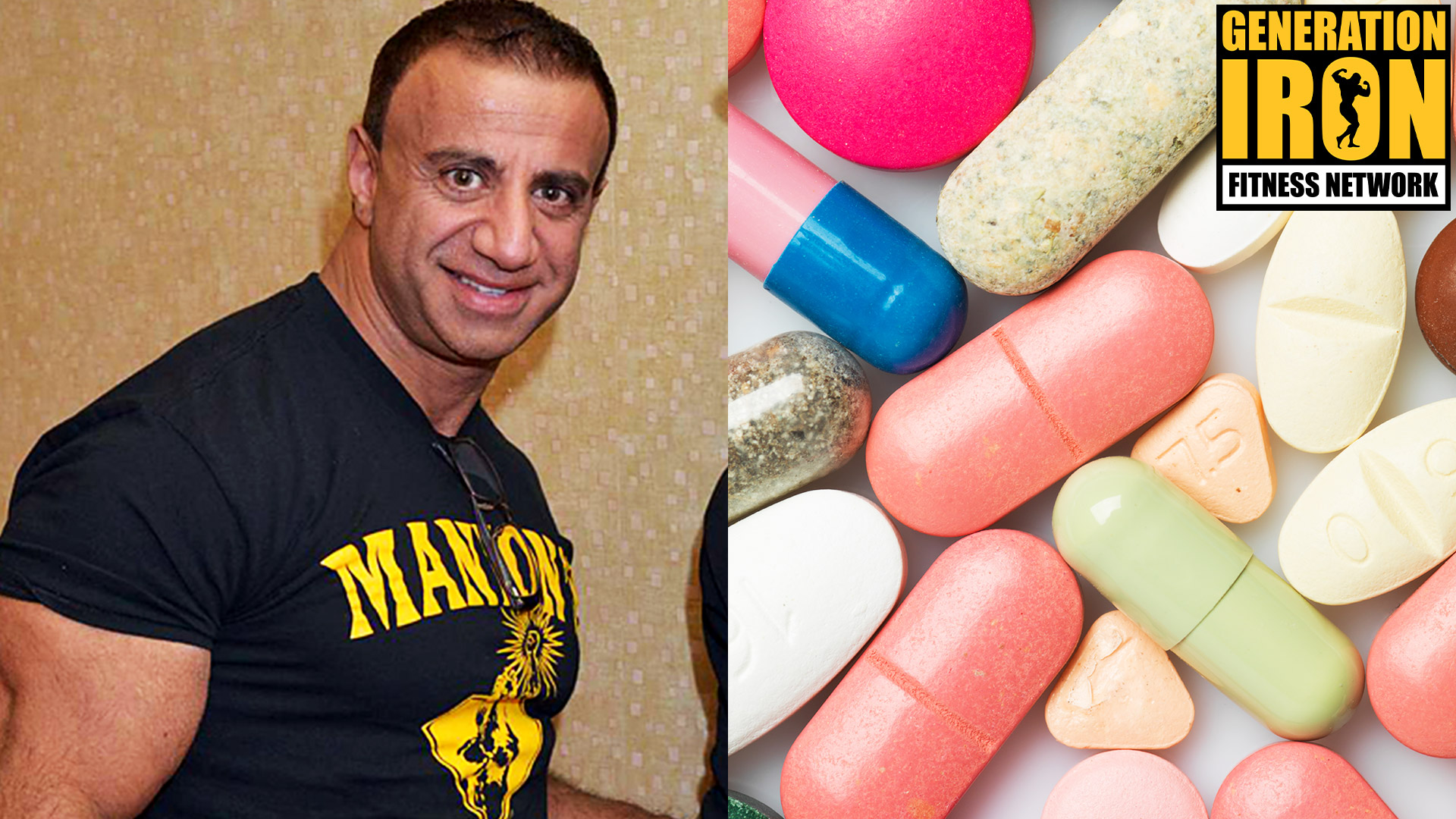
George Farah Answers: Are Fillers In Supplements Damaging Our Bodies?
[embedded content]
George Farah talks about switching to all natural ingredients and the potential dangers in supplement fillers.
George Farah has been a bodybuilder and trainer in the industry for a very long time now. With that amount of time and talent, he’s garnered a lot of respect from multiple generations of bodybuilders and fans. That’s why now, later in his life, he’s putting effort into his own supplement company with the hopes of changing out people view supplementation in bodybuilding. More specifically, he wants to get the message out there – stop allowing for filler in the supplements you buy. In our latest GI Exclusive, George Farah goes into detail about how filler in supplements might be affecting our bodies.
A year ago, we spoke with George Farah about his battle with cancer and eventual recovery. It was a moment that changed his life in more ways than one. A big factor that changed was how he viewed health and fitness. Farah had been a bodybuilder and later a guru for many decades of his life. His goal was to always help build and sculpt fantastic physiques. But that could come with potential health sacrifices. It seemed that Farah was starting to reconsider which sacrifices were worth it.
Fast forward to today and George Farah is still going strong with his new line of thinking. To go along with that new line of thinking, he started his own line of supplements. Surely he wants to make a successful business – but his inspiration was to help change the direction of supplements as a whole.
A big part of George Farah’s life change was determining what is healthy and what is not when it comes to consuming things into our body. Everyday ingredients like non-natural sugars could have very long term consequences on health. Many of us know sugar and corn starch is bad for us – but we consume it anyway. Part of the reason behind this is because these ingredients are in everything. Our society is built around convenience which comes with some not-so-healthy ingredients.
This is amplified when it comes to bodybuilding. Bodybuilders not only need to eat food to build muscle, they need to take a wide variety of supplement products to give them an edge towards success. But what exactly is in the supplements athletes consume?
There are certainly companies that provide healthy ingredients in their products. But for every good company there are three more bad ones just trying to cut costs and make money. Not all consumers do the research before buying. This is mostly because they believe the FDA would make sure all companies are playing by the rules.
But the rules keep changing every single year. And new substances are discovered that do not always catch wind in regulations until long after they are used by supplement companies. Once the FDA catches up, companies are already onto the next innovation. Again, this isn’t all companies – but certainly many are trying to focus on profits before anything else.
That’s where filler comes in. George Farah describes filler as a selection of compounds used to “fill” the supplement tub and give you your money’s worth. At their best, filler provide nothing to your body but make you feel like you’re consuming more. At their worst, they could potentially be harming our bodies.
The problem is there are not enough studies to really figure out what goes into filler and how it affects individuals over the long term. It’s almost impossible to keep up. With so many variables at play – it stays a consistent blind spot in the supplement world.
That’s why George Farah plays it safe, he only consumes supplements with all natural ingredients. It’s also what he focuses on for his own product line. He hopes that he can change the relationship bodybuilders have with supplements. As Farah has stated before, he believes that many extreme measures bodybuilders take today are unnecessary. That without them, and maybe a little extra hard work, the same results can be accomplished.
You can watch George Farah go into full detail about filler in supplements by watching our latest GI Exclusive interview segment above!
